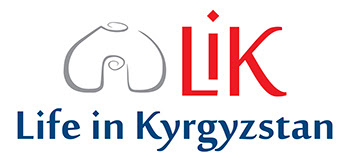In recent years, it has been argued that Europe is experiencing a “migrant crisis”, yet this is far from the first episode of large-scale forced migration that Europe has experienced. As recently as the mid-1990s, conflict in the former Yugoslavia led to an estimated 2.5 million refugees, many of whom moved elsewhere within Europe. The current “crisis” has placed migration high on the policy agenda of many countries. Understanding the forces that drive such “crises” and how they compare with the underlying drivers of forced migration in non-crisis times is, in turn, important for the development of meaningful policies.
To date, much of the debate is framed in long time periods, that although encapsulating crisis periods, do not focus on them specifically. In turn, questions arise as to whether the drivers of forced migration are the same in these crises as they are more generally; and whether or not the selection into destination countries varies.
In this project, we analyze a range of UNHCR statistics on forced migration into 34 European countries during two such crises – that resulting from the Balkans conflicts in the mid-1990s; and that which as followed the Arab Spring. We match this migration data to wider socio-economic and demographic information. We show that individuals leave as a result of accelerations in violence during crises – that is, high intensity violence itself is insufficient to explain movements, with people responding to spikes in violence from trend. Outside of standard network effects, we show that only the employment rate in destination countries appears to matter, with macroeconomic indicators like GDP insignificant.
Project Details
- Project Year/s: 2017
- Donors: Netherlands Organisation for Scientific Research (NWO) / WOTRO
- Partner/s: ESCWA · SPARK · UNU-MERIT
- Region/s: Europe · Middle East & North Africa · North America · Sub-Saharan Africa
- Theme/s: Individual Decision-making · Shocks & Livelihoods · Violence & Peacebuilding
- Research Topic/s: Migration & Displacement
- Method/s: Panel Data Analysis





